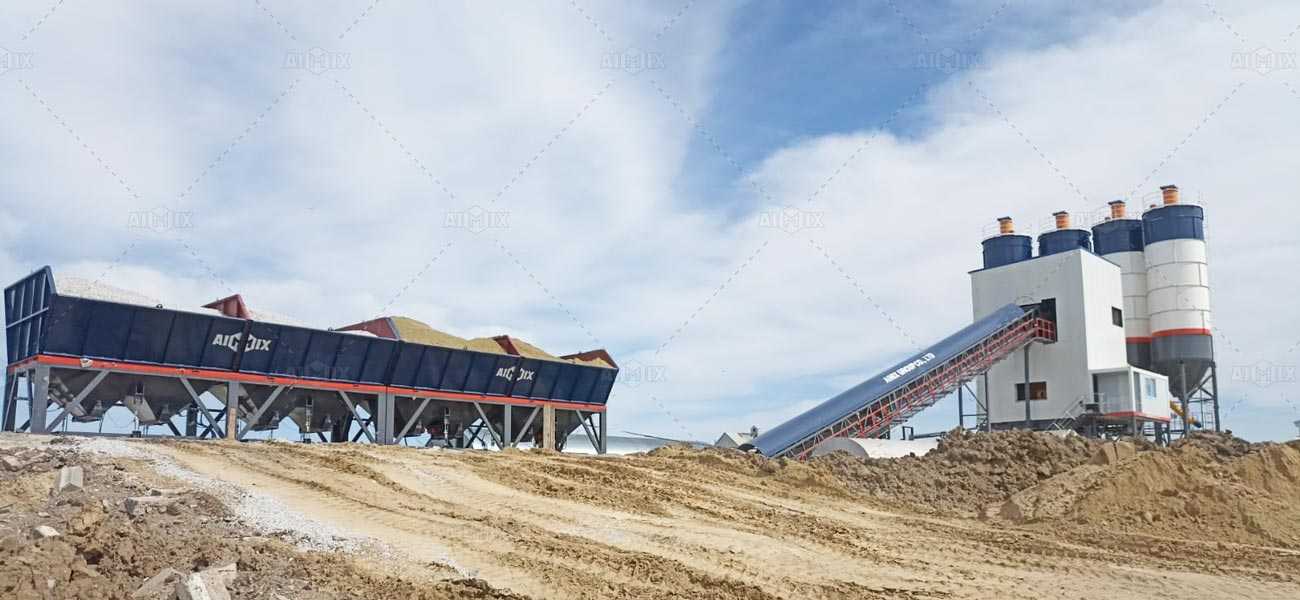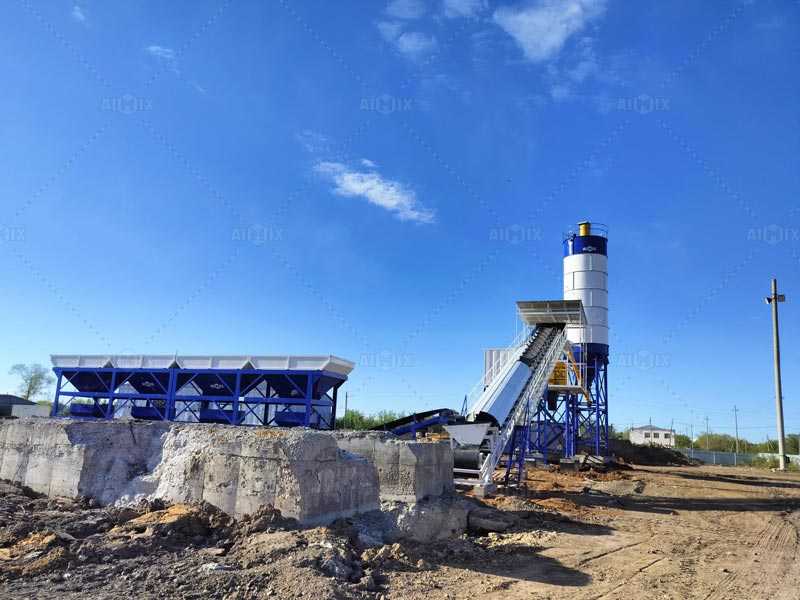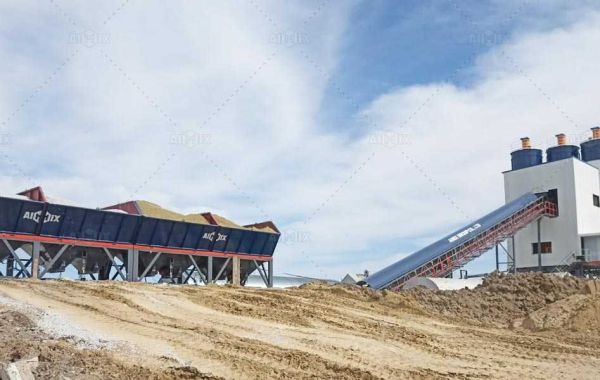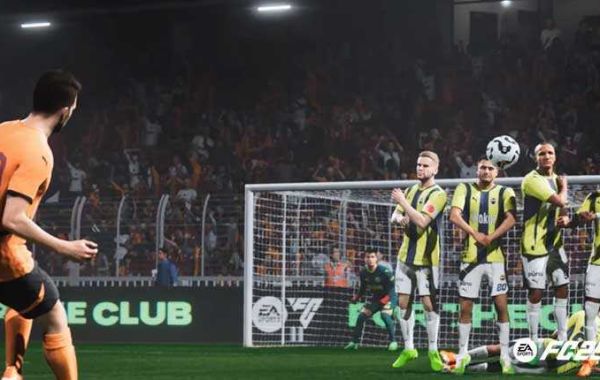In the construction industry, the concrete batching plant plays a pivotal role, supplying the vital material for various projects. However, with increasing environmental concerns and the need for sustainable practices, efficient resource utilization and recycling have become paramount.
Understanding the Concrete Batching Plant
A concrete batching plant is a facility where concrete is produced by mixing cement, water, aggregates, and additives in specified proportions. This process demands precise control over raw materials and their mixing ratios.

The Importance of Resource Efficiency
Efficient use of resources not only reduces costs but also minimizes environmental impact. It ensures that every ounce of material is accounted for and utilized optimally, preventing wastage.
Strategies for Resource Efficiency
Accurate Measurement and Mixing: Investing in high-precision measuring equipment ensures that the right amounts of raw materials are used, reducing overages and waste.
Just-In-Time Inventory Management: By ordering raw materials just before they are needed, you can avoid stockpiling and the associated risks of spoilage or obsolescence.
Regular Maintenance: Keeping equipment in top condition prevents leaks, malfunctions, and other issues that can lead to resource wastage.
The Role of Recycling in Concrete Production
Recycling in the concrete industry involves using waste materials as partial replacements for virgin raw materials. This practice conserves natural resources and reduces the need for landfill space.

Methods for Recycling in Concrete Batching Plants
Utilizing Recycled Aggregates: Broken concrete can be crushed and reused as aggregates in new concrete mixes. This significantly reduces the demand for virgin aggregates.
Recovering and Reusing Water: Implementing water recirculation systems of concrete batching plant can help recover and reuse water from various processes, reducing freshwater consumption.
Recycling Slurry Water: Concrete slurry, a mixture of water and fine particles, can be separated and recycled, with the solids being reused as aggregates and the water being repurposed.
Implementing Efficient and Recycling Practices
To successfully implement these strategies, a few key steps are essential:

Conduct a Needs Analysis: Evaluate your current operations to identify areas where resource efficiency and recycling can be improved.
Train Employees: Ensure that your team understands the importance of these practices and is trained to implement them effectively.
Monitor and Adjust: Regularly assess your resource usage and recycling rates, making adjustments as necessary to optimize performance.
The Business Benefits of Efficiency and Recycling
Adopting these practices not only benefits the environment but also enhances your business's bottom line. You can expect to see:
Cost Reduction: Efficient resource use and recycling reduce raw material costs, disposal fees, and energy expenses.
Enhanced Competitiveness: Sustainability is increasingly becoming a key factor in customers' purchasing decisions. By demonstrating your commitment to efficient and environmentally friendly practices, you can gain a competitive edge.
Conclusion
Efficient resource use and recycling in the production process of concrete batching plants are not just environmentally responsible practices; they are also smart business decisions. Click here to learn more about price of concrete batching plant. By implementing these strategies, you can contribute to a greener construction industry while also improving your bottom line.







